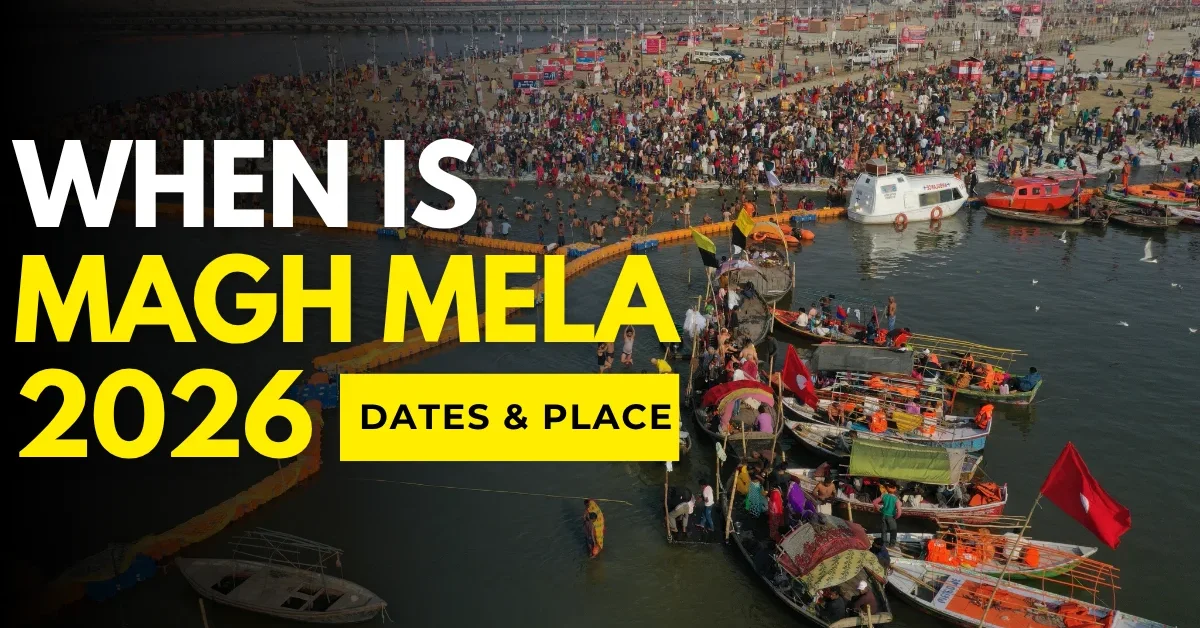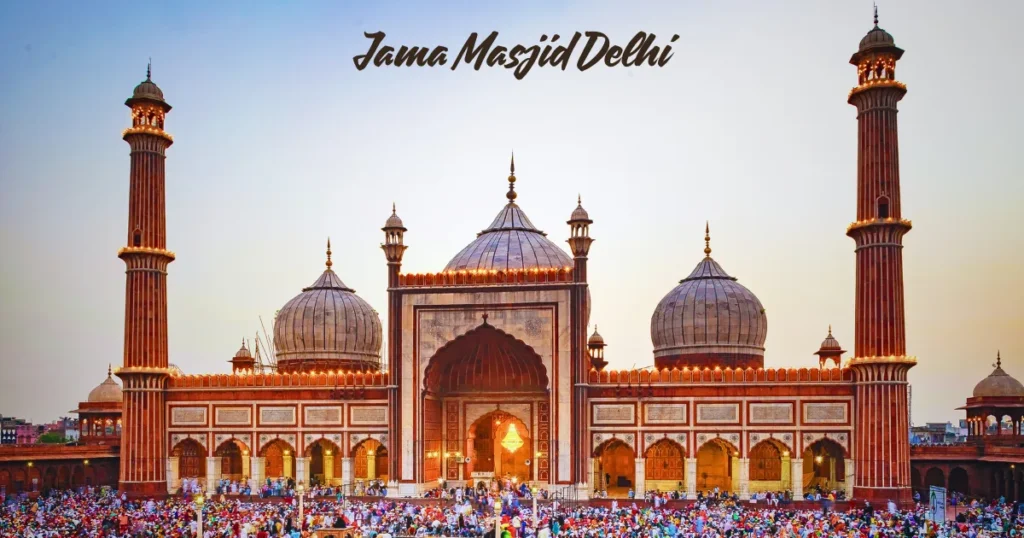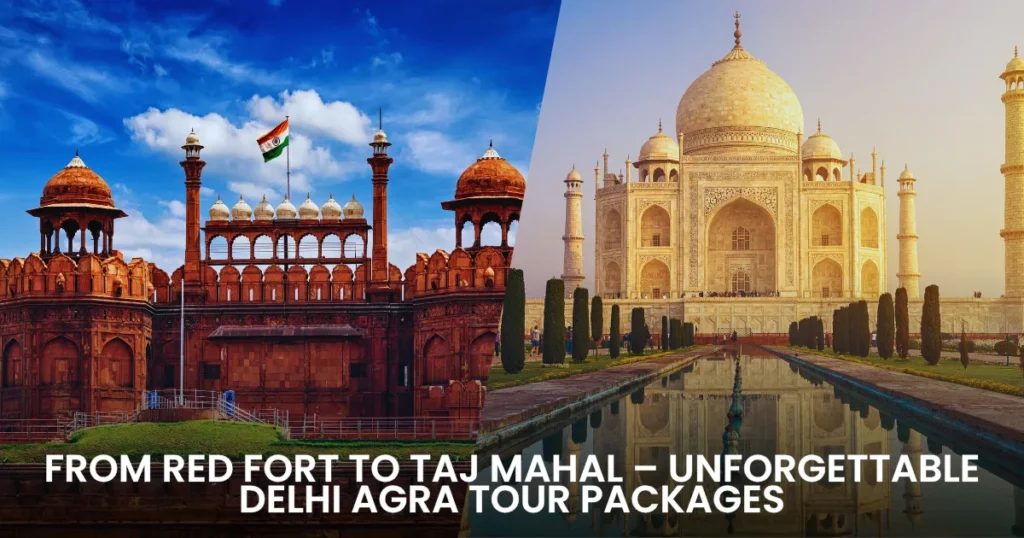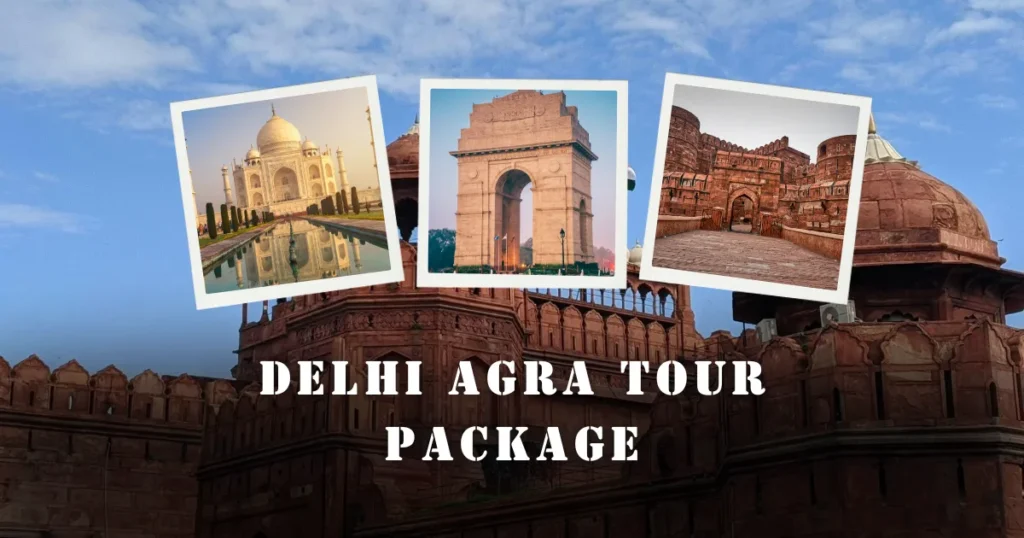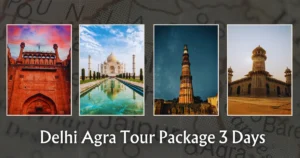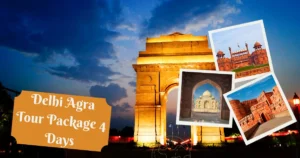This is Magh Mela 2026 — the ancient gathering of humanity and hope.
It will begin on January 3 and end on February 15, filling forty-four winter days with chants, prayers, and the music of the rivers — Ganga, Yamuna, and Saraswati.
Here, at the place where waters meet and faith deepens, the world feels quieter, and time begins to walk barefoot.
Every winter, when the air turns cold and the rivers grow calm, Prayagraj begins to change its silence.
From far and near, people start to walk — some with faith, some with questions, some just to feel that touch of sacred water.
And by the time January arrives, the sands of the Triveni Sangam become a city of devotion — a city made not of bricks, but of belief.
Table of Contents
ToggleThe River’s Call – Magh Mela Prayagraj 2026 Dates and Meaning
Some festivals are celebrated, but Magh Mela 2026 is lived.
It does not happen once — it returns, like the tide, carrying the same calm strength every year.
The government of Uttar Pradesh has already begun its preparations, approving ₹42 crore for the city that will rise again upon the sands.
Tents will stretch across the riverbank, lights will glow softly through the fog, and the air will smell faintly of incense and ghee lamps.
The sacred days are known — fixed by time, remembered by tradition:
- 3 January 2026 – Paush Purnima, when the Mela begins, and Kalpavasis take their vow to stay by the river for a month of silence and simplicity.
- 14 January – Makar Sankranti, when the sun turns north and the river welcomes millions of souls seeking light.
- 18 January – Mauni Amavasya, the day of perfect stillness, when even words rest and silence becomes prayer.
- 23 January – Basant Panchami, the first breath of spring, when yellow flags and flowers colour the ghats.
- 1 February – Maghi Purnima, the final bath for householders, marking the end of their vows.
- 15 February – Mahashivratri, the last dip for saints who stay till the night of Lord Shiva.
Each date is not just a number — it is a feeling, a rhythm, a reminder that the cycle of faith never stops turning.
The Making of a Temporary City
Every year, Prayagraj rebuilds itself — quietly, with discipline and devotion.
The river’s edge becomes a city of lights, with paths, ghats, and bridges where yesterday there was only sand.
For Magh Mela 2026, six large sectors will be created across the Sangam area. Eight pontoon bridges will connect the different parts of the fair, including a new bridge near Phaphamau to help pilgrims arriving from Lucknow and Faizabad.
And for the first time, the layout of this temporary city will be shaped with 3D mapping technology, as drones trace the curves of the river and mark the safe spots for camps and devotees.
It is a city that knows it will vanish — yet it stands tall, serving millions before it quietly disappears again.
Bathing and Rituals – The Language of Water
In the stillness of early morning, when fog rests upon the river, the sound of conch shells breaks the silence.
Men, women, and saints walk slowly toward the water, carrying little brass pots, their steps steady, their eyes calm.
Each dip is a dialogue — between body and spirit, between what was and what may be.
The water is cold, almost biting, yet every pilgrim comes out warmer, lighter, more alive.
The rituals of Magh Mela 2026 are older than any scripture — they are born of faith itself.
And when the crowd bows together in the river’s glow, it feels as though the whole world has become one prayer.
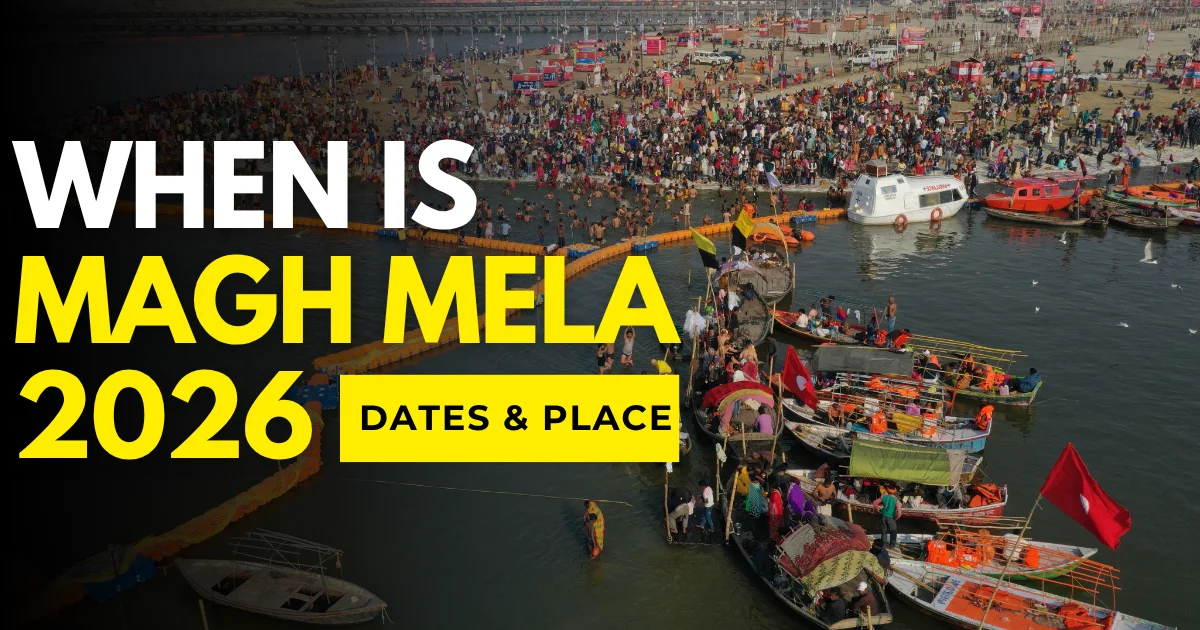
The Journey to Prayagraj – How to Reach Magh Mela 2026
Faith finds its way easily. Still, the roads, rails, and skies all lead to the same river this year.
- By Air: Prayagraj Airport (Bamrauli) connects with Delhi, Mumbai, and other major cities.
- By Train: Prayagraj Junction is one of the busiest stations in India, and for Magh Mela 2026, 150 MEMU trains will run from Delhi, Lucknow, Varanasi, Kanpur, and Manikpur.
- By Road: National Highways from Delhi, Agra, and Lucknow bring pilgrims directly to the ghats.
During the Mela, the city breathes in rhythm — buses, e-rickshaws, and walking paths move thousands smoothly from one sector to another.
At Delhi Agra Tour Packages, we help travelers plan this journey with care — from transport to guidance — so that what begins as travel turns into quiet remembrance.
The Effort Behind the Sacred
The Mela is a miracle not of magic, but of management.
Every bridge, every light, every drop of clean water comes from months of work.
District Magistrate Manish Verma has confirmed that all departments — from irrigation to health — are already preparing. Despite delays caused by floods, the target remains steady: the city must be ready before the first dip.
Railway officials too are working in faith. Additional booking counters, digital systems, and temporary waiting zones are being created across Prayagraj’s stations.
Even after the Mela, some of these new trains may continue — the railway’s tribute to a festival that carries millions.
Magh Mela – The Spirit of India
To stand at the Triveni Sangam at dawn is to understand India — not through words, but through sight.
There are saints wrapped in silence, children laughing in the mist, and families lighting diyas on the water.
Every face tells a story — of devotion, of patience, of surrender.
And somewhere between the smoke of incense and the cry of chants, you realise that Magh Mela is not a crowd — it is consciousness itself.
At Delhi Agra Tour Packages, we believe such journeys are not about distance, but depth.
That is why we help travellers experience Magh Mela 2026 not as spectators, but as part of its living rhythm.
When Faith Becomes the Landscape
After the grand Mahakumbh 2025, which welcomed more than sixty-six crore devotees, Prayagraj is ready again.
The same ghats, the same rivers — and yet, each year feels new, as if creation begins again when the first devotee steps into the water.
From January to February, the city will glow through fog and faith alike.
And when the final bath on Mahashivratri is over, when tents begin to fold and roads fall silent, what remains is not emptiness — it is peace.
Because the Magh Mela never ends; it simply goes quiet until the rivers call again.
FAQs – Magh Mela 2026
1. When will Magh Mela 2026 be held?
From January 3 to February 15, 2026, at the holy Triveni Sangam in Prayagraj.
2. What are the major bathing dates?
Paush Purnima, Makar Sankranti, Mauni Amavasya, Basant Panchami, Maghi Purnima, and Mahashivratri.
3. How long does the festival last?
Forty-four days filled with faith, prayer, and pilgrimage.
4. How is Prayagraj preparing for Magh Mela 2026?
A ₹42 crore budget has been approved; 3D mapping and eight pontoon bridges will be used for the setup.
5. How can I reach Prayagraj?
By air to Bamrauli Airport, by rail to Prayagraj Junction, or by road from Delhi, Agra, and Lucknow.
6. Are there special trains for pilgrims?
Yes, 150 MEMU trains will operate from major routes during the festival.
7. What facilities will be available for devotees?
Clean water, medical aid, sanitation, lighting, and safe accommodation in six sectors.
8. What makes Mauni Amavasya so special?
It is the day of silence — the holiest dip when millions bathe together in stillness.
9. Who are the Kalpavasis?
Pilgrims who stay by the river for a month, living simply and devoutly in prayer.
10. Why should I experience Magh Mela 2026 with Delhi Agra Tour Packages?
Because we take care of travel with the same care the rivers take of faith — gently, sincerely, and completely.
In the End
When the first light touches the water at dawn, and thousands bow together, it feels as though heaven itself has leaned down to watch.
That is Magh Mela — not a festival, but a heartbeat.
And when it ends, it does not leave — it simply stays within you, quiet and eternal, like the sound of flowing water long after the river has passed.

